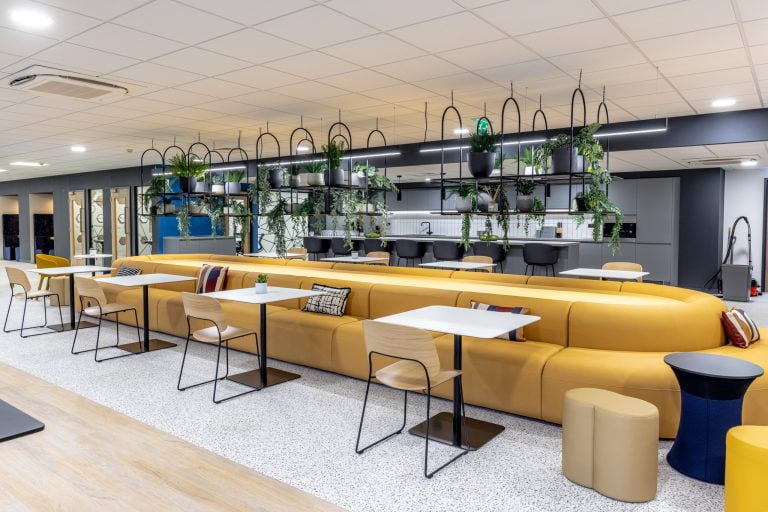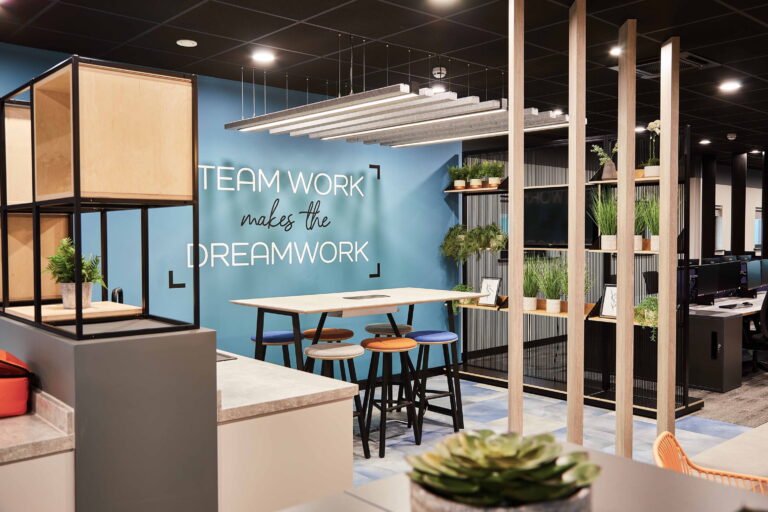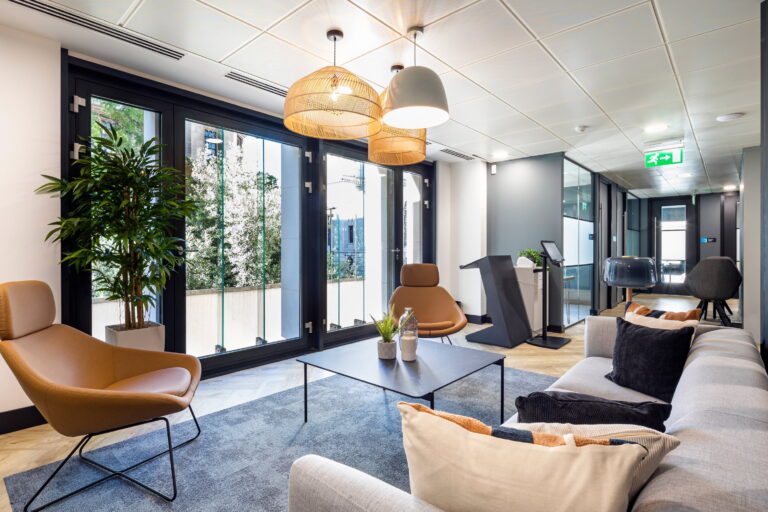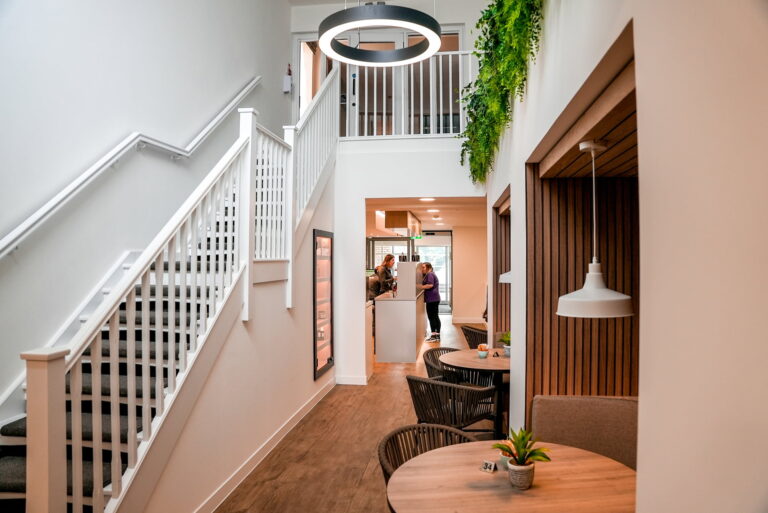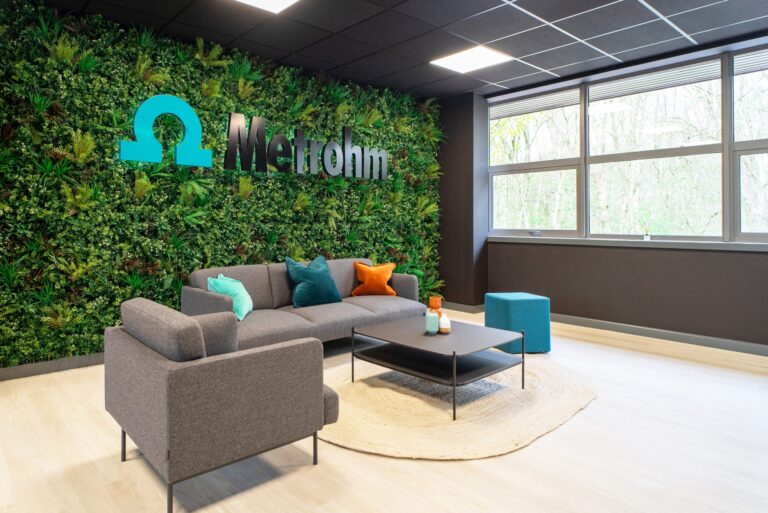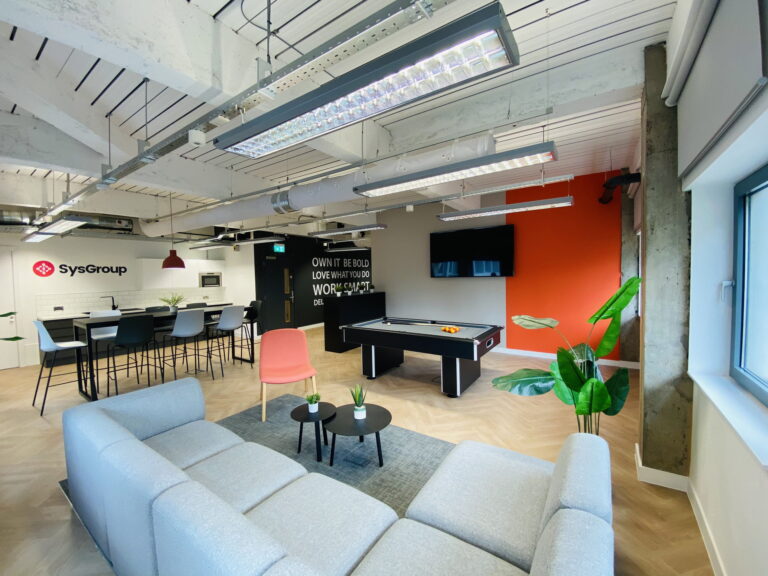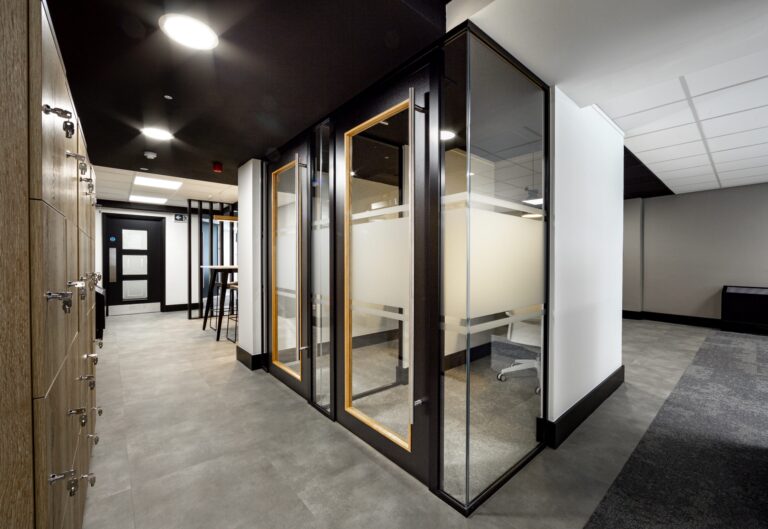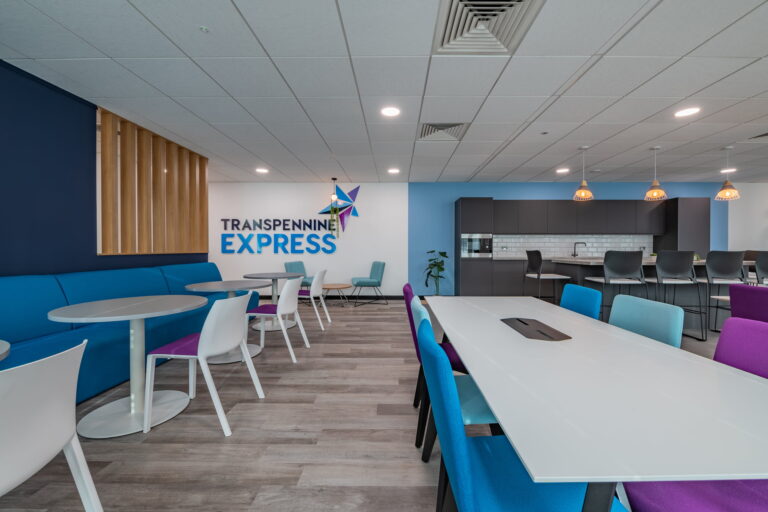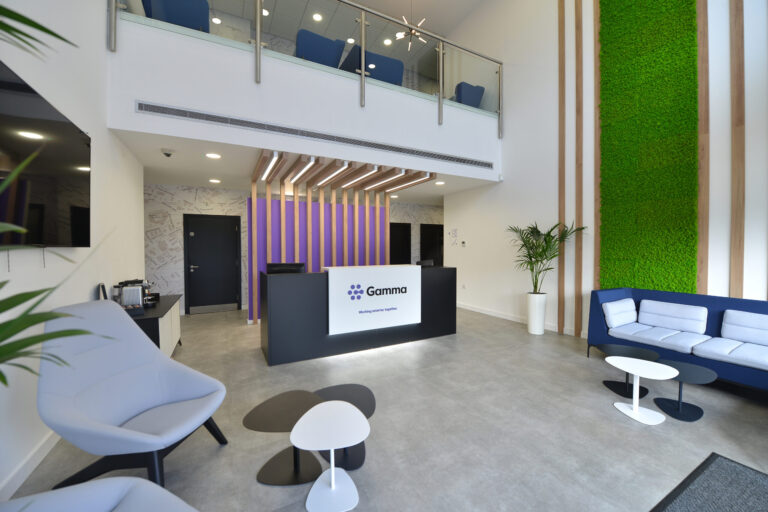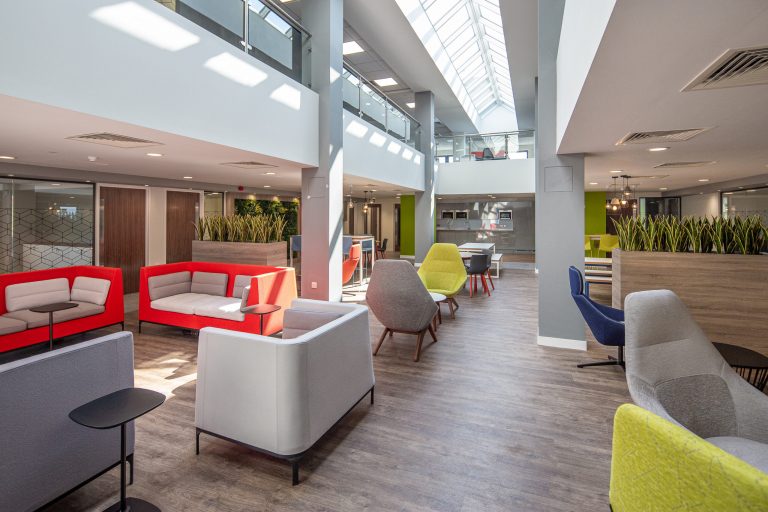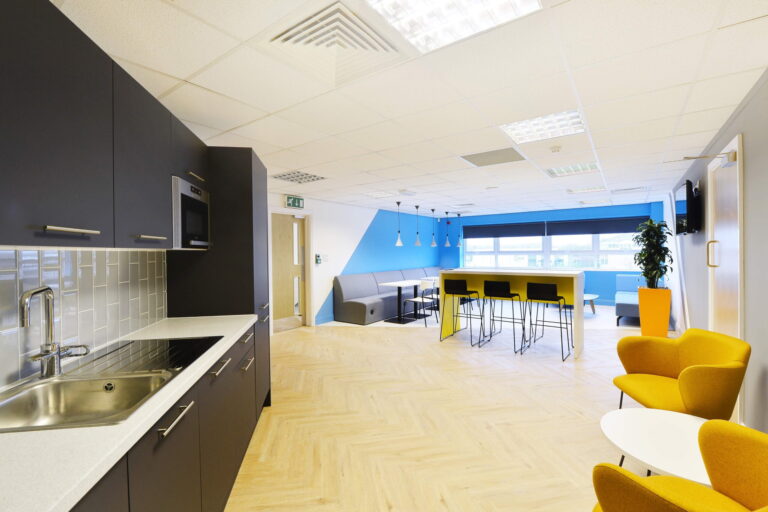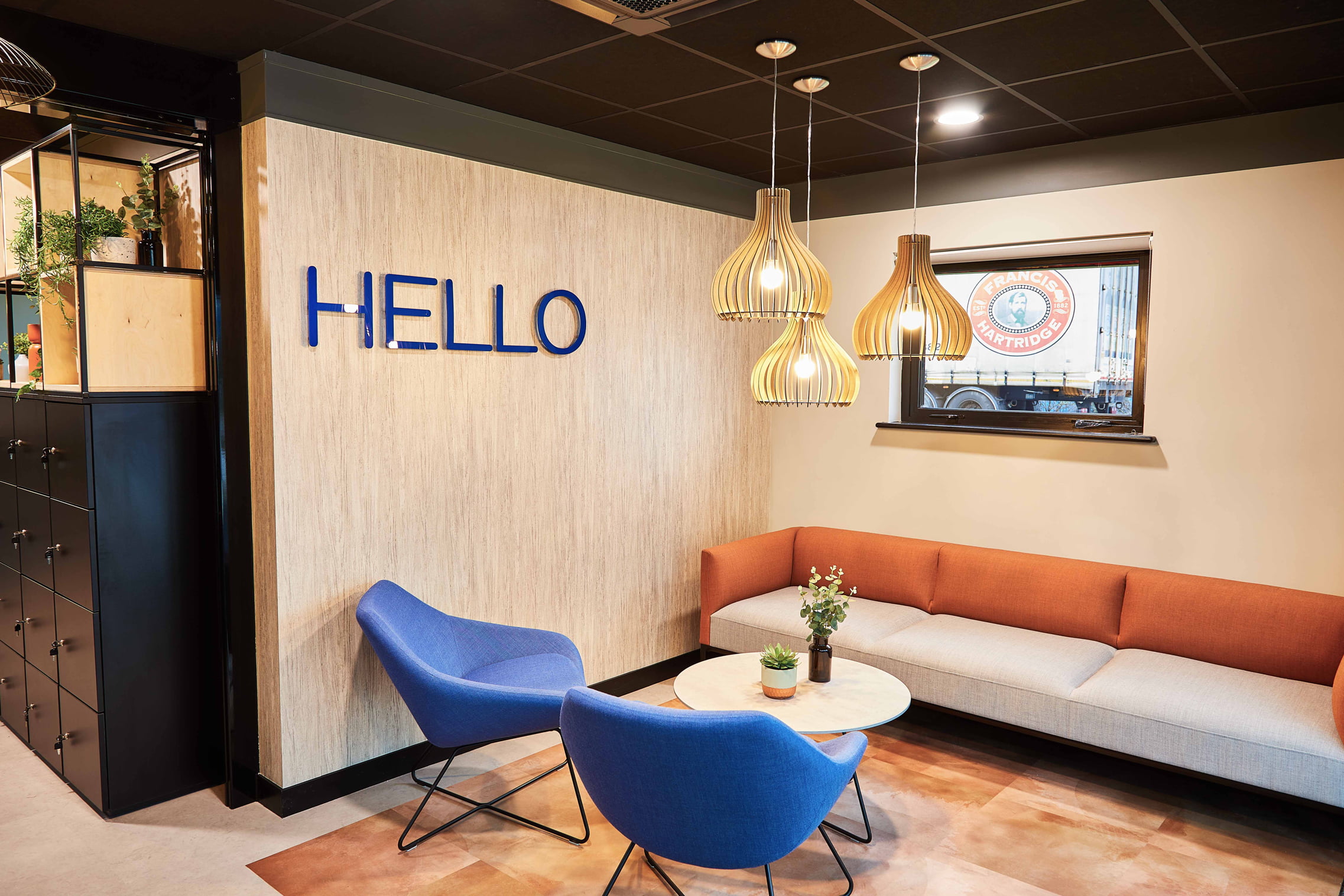
Inclusivity in office design
In this blog post we look at the importance of inclusive office design and explore how workplaces can be designed to accommodate a range of different needs. We also share some practical ideas for designing your office to meet the requirements of your current and future workforce.
What is inclusive office design?
In a nutshell, inclusive office design accommodates and values individual differences in your workforce. An inclusive office meets the accessibility and usability needs of employees without the need to make adaptations for specific people. That doesn’t mean that an office must be a ‘perfect fit’ for every staff member. That is impossible. Instead, inclusive office design focuses much more on flexibility and choice.
Why is inclusive office design important?
With the Great Resignation on employers’ minds, one reason to prioritise inclusive office design is recruitment and retention. By making your office accessible to more people, you are widening your talent pool. You’re also giving current staff an extra reason to stay with your company.
There’s also employee wellbeing. A 2019 survey by YouGov identified that 32% of the workforce feel the poor design of their workspace had a negative effect on their physical and mental wellbeing. Reconsidering your office design and putting inclusivity front and centre can really help to improve employee health and happiness. A happy employee is more likely to be engaged and productive at work.
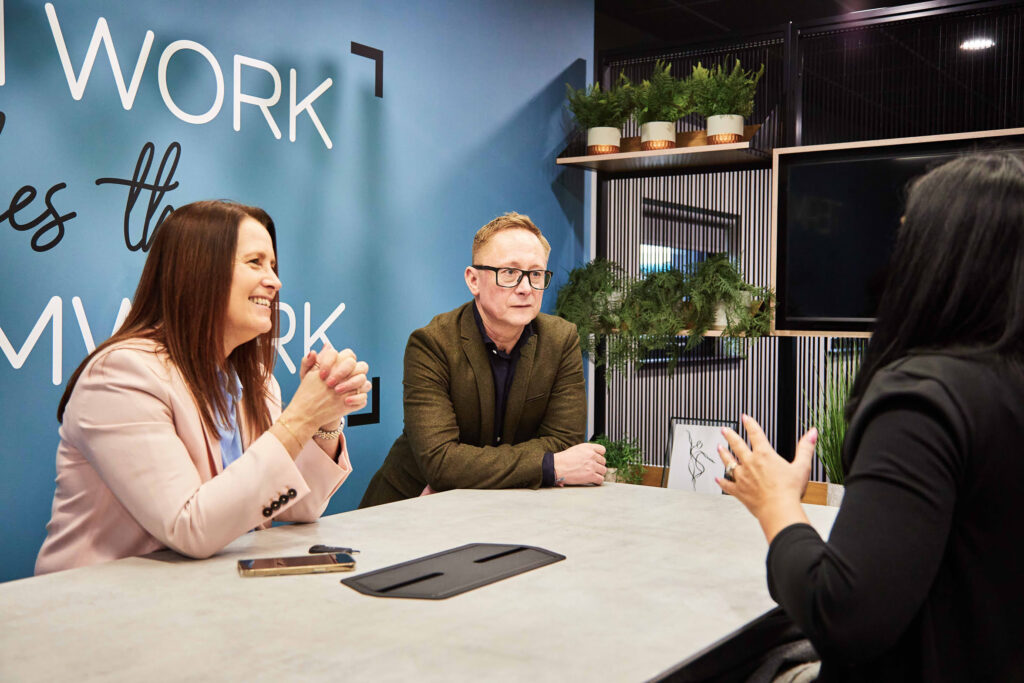
How to design for inclusivity
When we think about inclusive office design, we may instinctively focus on people with protected characteristics such as disability. While this is, of course, critically important when considering inclusivity, it’s essential that we look beyond physical differences alone. Being aware of other needs, such as different personality types and working preferences, is also crucial.
Inclusive office design should also not draw attention to or isolate employees with particular needs and requirements. It should be subtle and create a welcoming environment without putting focus on any one person. For this reason, the best inclusive offices give staff members choice and flexibility. By creating different environments and workspaces, you’re enabling employees to choose what works best for them without having to draw attention to their specific requirements.

Inclusive office design – some examples
Here are a couple of examples on how you can better design your office for inclusivity. This is not an exhaustive list, but gives some ideas to get you started:
- A variety of different workspaces from quiet rooms to team working zones so staff can choose environments based on their needs
- Tech enabled workspaces where employees can choose their own lighting and heating preferences
- Step-free access, automatic doors and desks suitable for wheelchair users
- Bookable quiet/safe spaces to use for a variety of purposes (such as for worship, for mothers to express or simply for a moment of relaxation)
- A mix of décor from bright to muted so employees can pick their own stimulation level
- Large-print instructions and braille on emergency and safety equipment and on signage
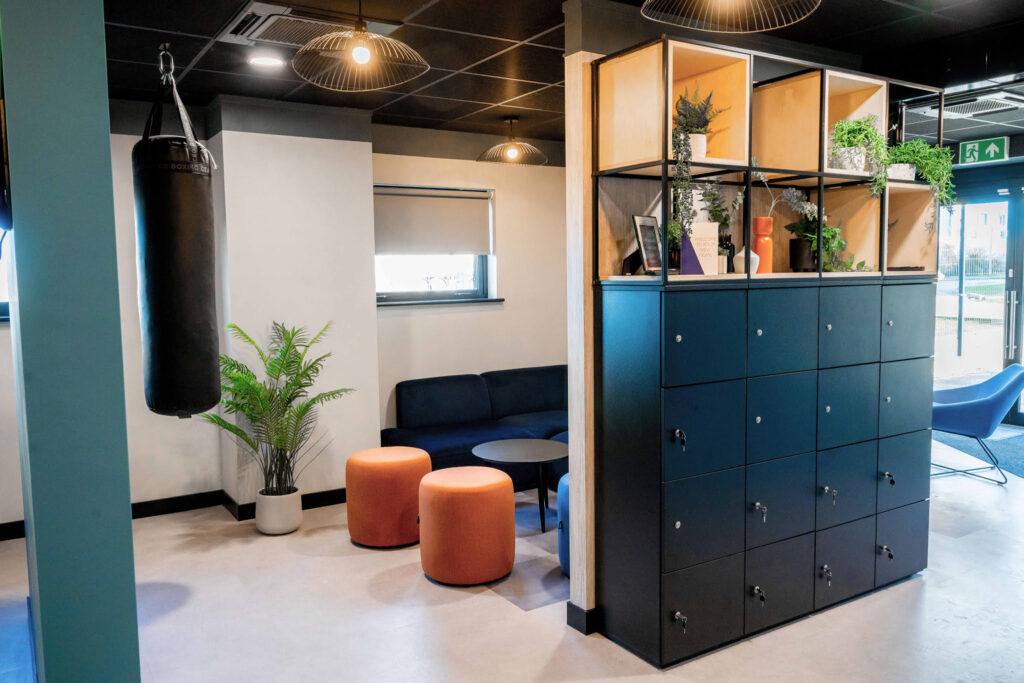
Getting started
If you’re thinking about redesigning your office for inclusivity, including your staff at the start of the process can really help. Talk to your team privately about their working preferences (if they feel comfortable doing so) to understand how your space could best meet a diverse range of requirements. Don’t forget though – you want to make sure your office meets the need of your workforce both now and in the future. Try to think beyond the needs of your existing staff members.
If you’d like support with your office design and fitout or want to understand how your office could better meet the needs of your team, get in touch. We’d love to help you kickstart your inclusive office journey.





